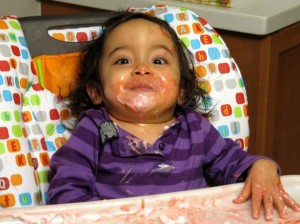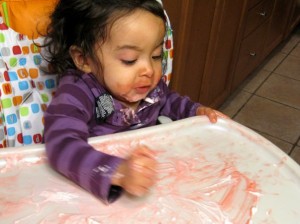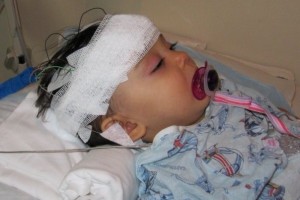Daddy lost his job today. After four years with the company and only three months in this dream-job position, he was let go. He is our main source of income plus our insurance was under this job. Hannah’s livelihood and survival to this point has relied exclusively on the generosity of our insurance — the multiple private therapies, orthotics, her gait trainer (which we don’t have yet), procedures, doctors, etc.
We are devastated. Our income is now based solely on my menial part-time job, which in no way could support our family, not even close. He is going to apply for unemployment tomorrow, but everyone knows that won’t even come near to what he was making. Hopefully Hannah’s medicaid will come in within the next month or so, but still —-
I don’t know what we are going to do.








Latest Comments